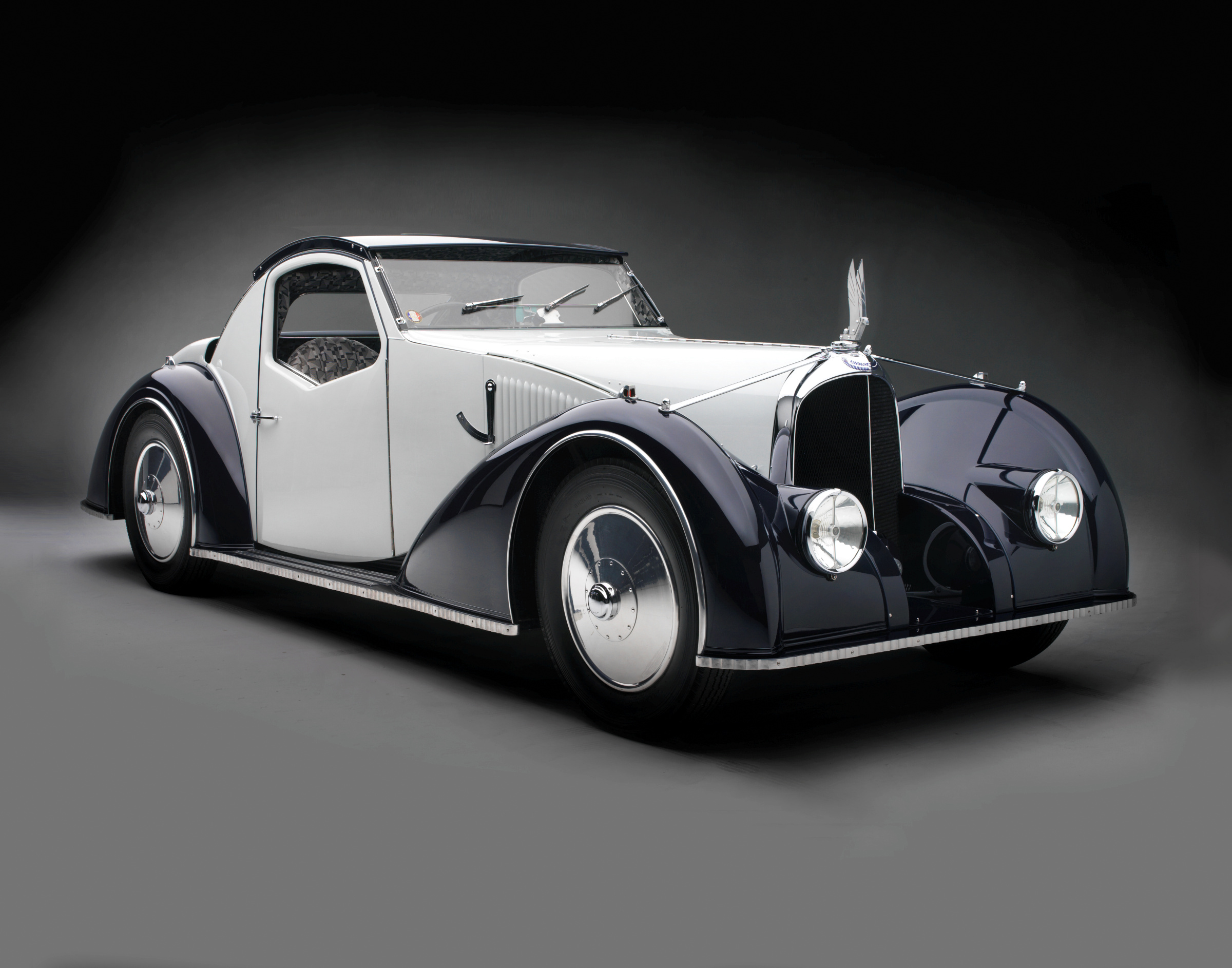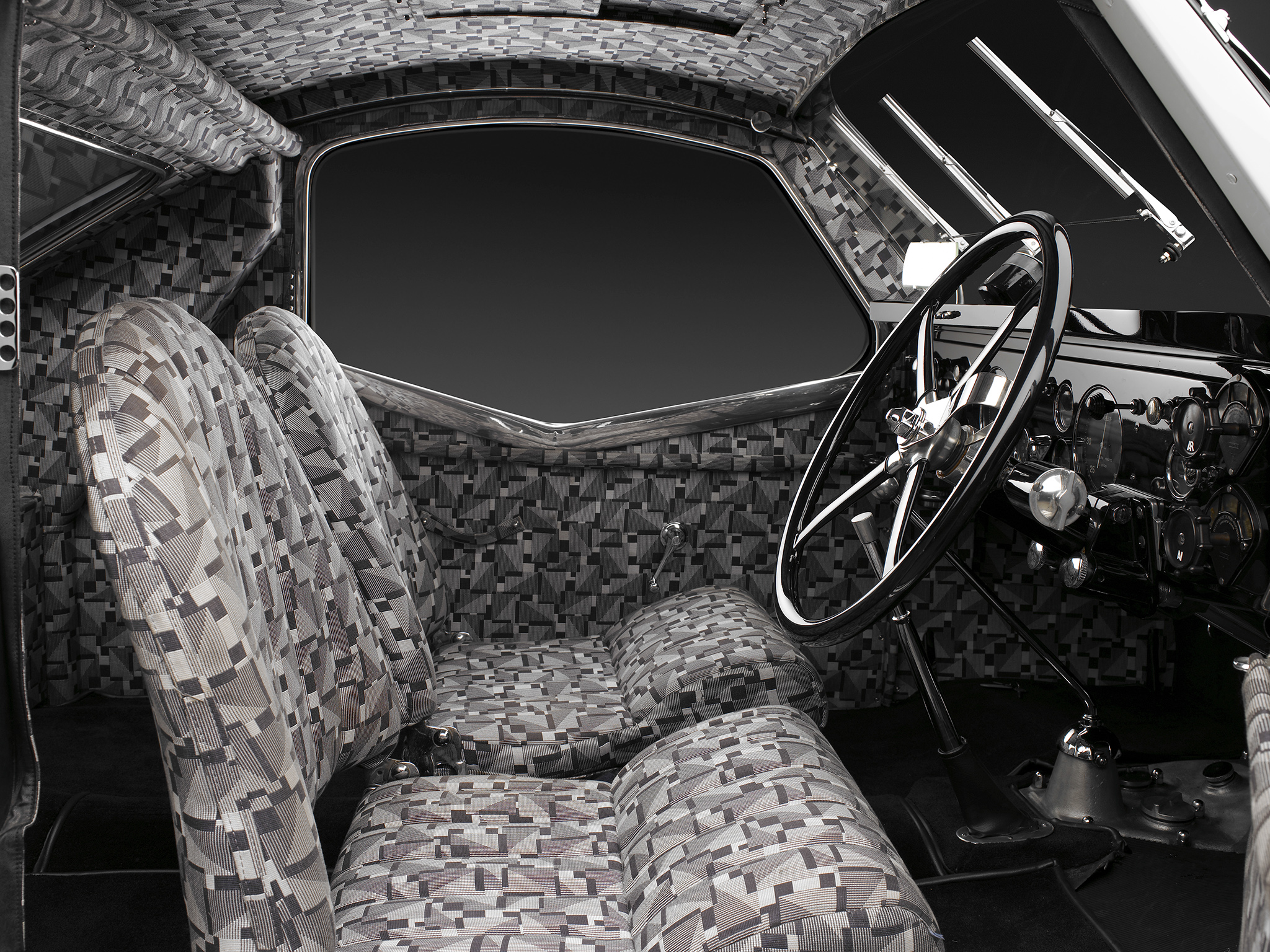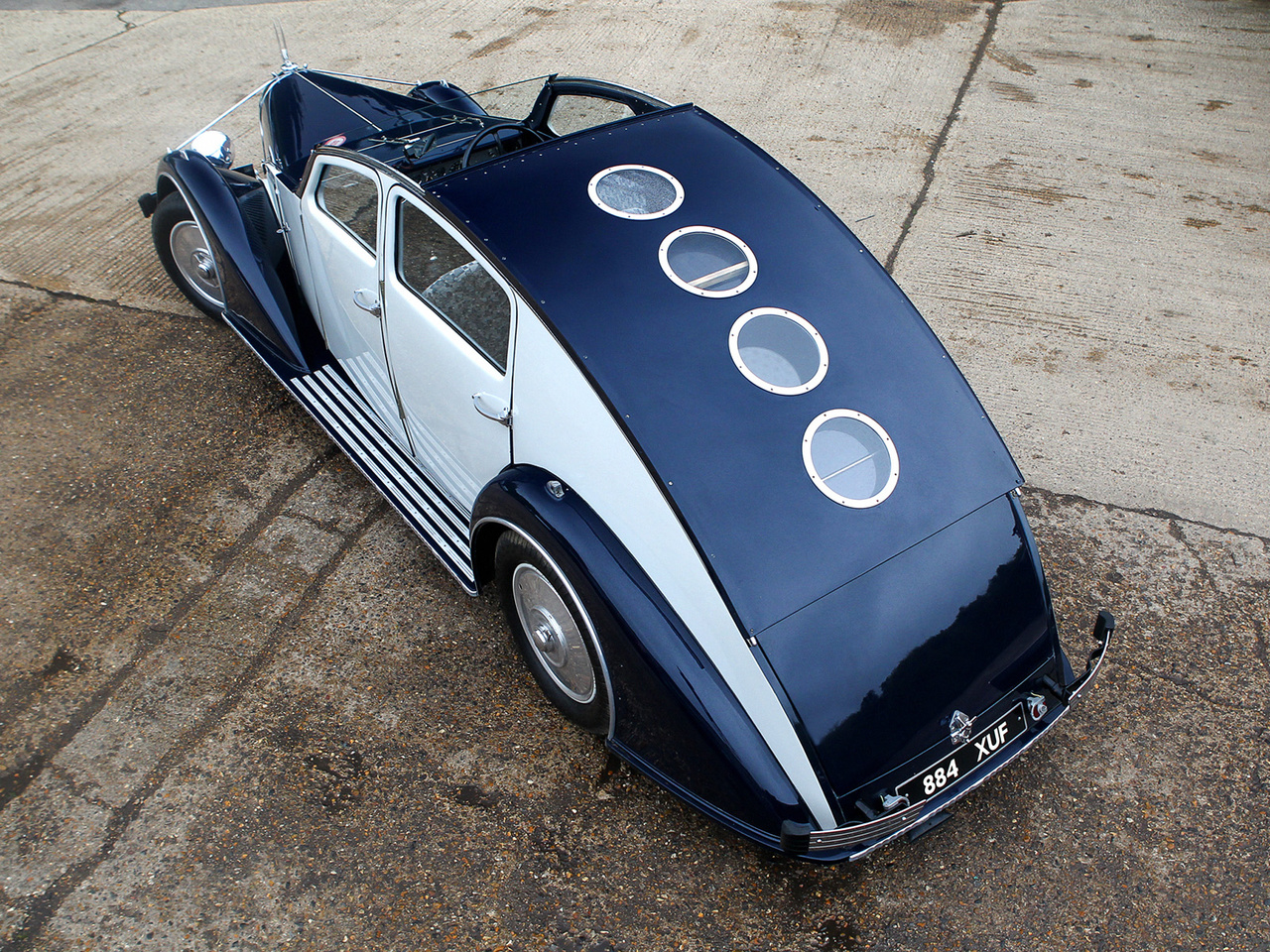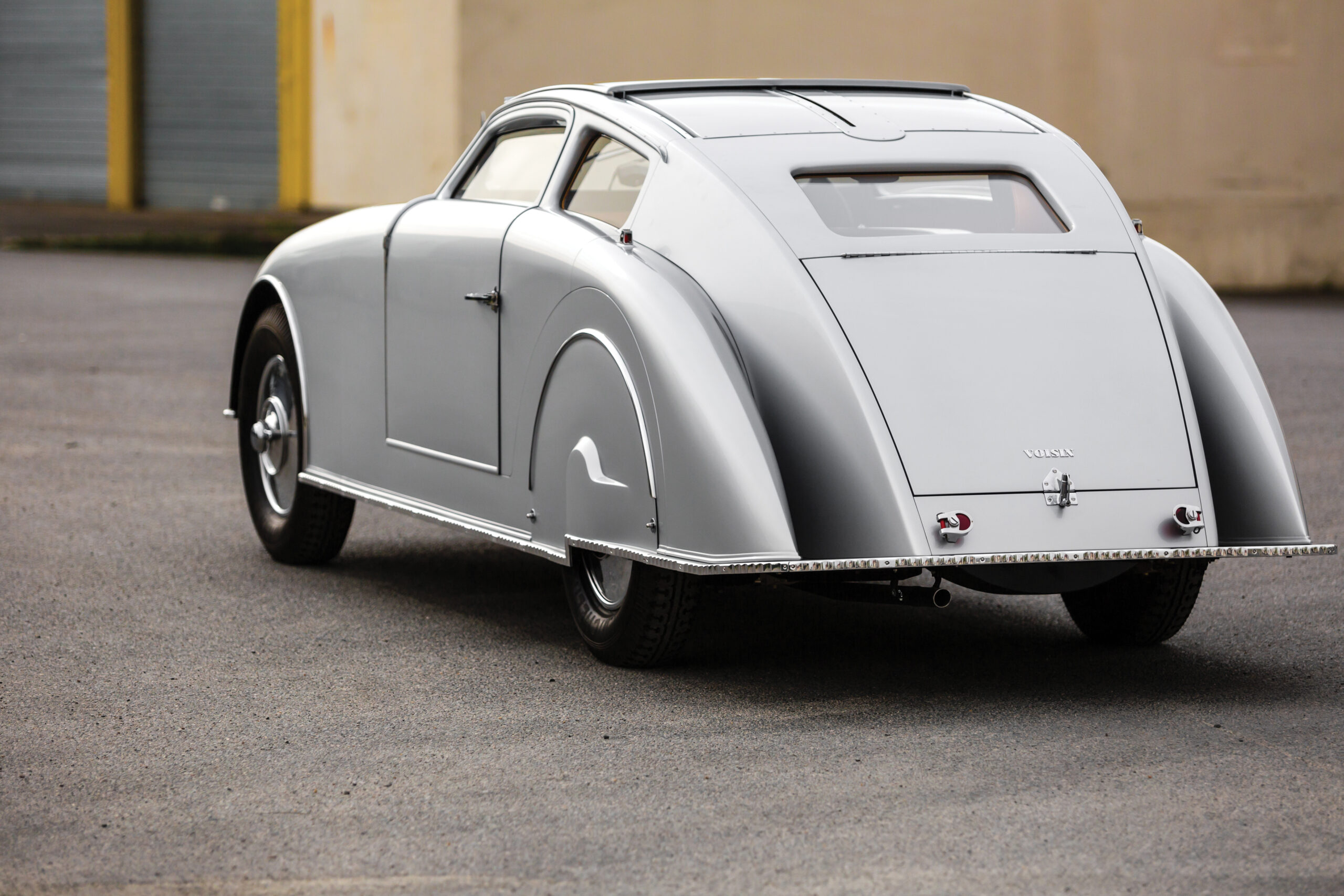Avions Voisin
The Rarest Brands in the Top 100 Collections
Photo credit: Mullin Automotive Museum, RM Sotheby’s, Wheelsage
If the University of the Automobile existed, one of the most important exams would be the one on the French automobile. In particular on a brand that very few remember but one that nevertheless managed to bring a series of technical and stylistic innovations to the market that no other manufacturer had the courage to propose. These are the cars of Avions Voisin, a French luxury automobile brand established after the end of the First World War by the company owned by the Voisin brothers who produced and sold combat aircraft during the conflict.
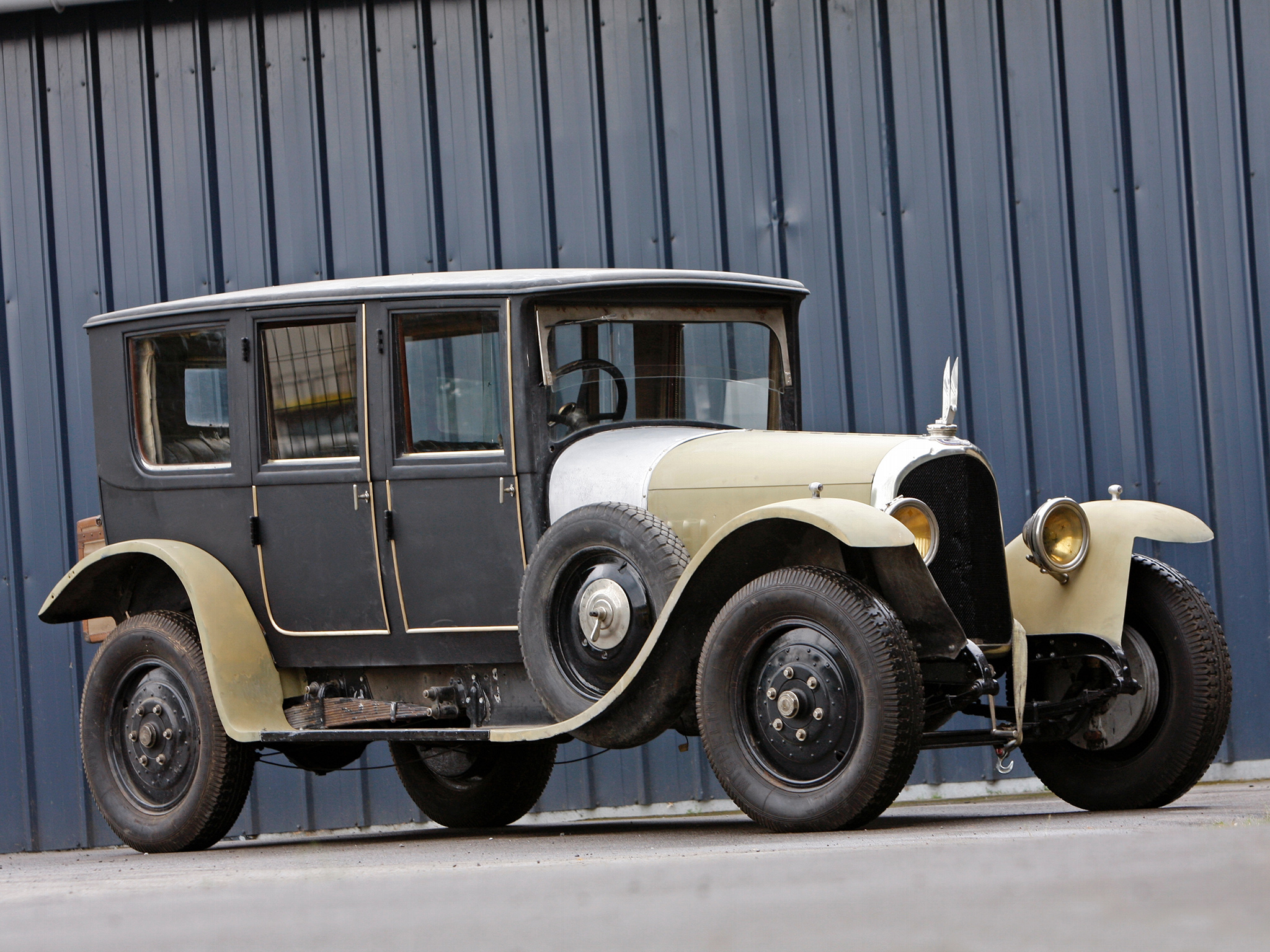
The Voisin brand was built on three main ingredients: rationality, through the pursuit of perfect weight distribution and a lower centre of gravity, lightness derived from the experience gained in the use of aluminium in aviation and the uncompromising design flair of André Lefèbvre who years later, would go on to design the Traction Avant, the 2CV and the magnificent DS at Citroën. To support the brand’s entrance onto the car market in 1920 with the C1 – Limousine, Gabriel Voisin decided to look to racing to compete against the other star of innovation, the Italian who emigrated to France, Ettore Bugatti.
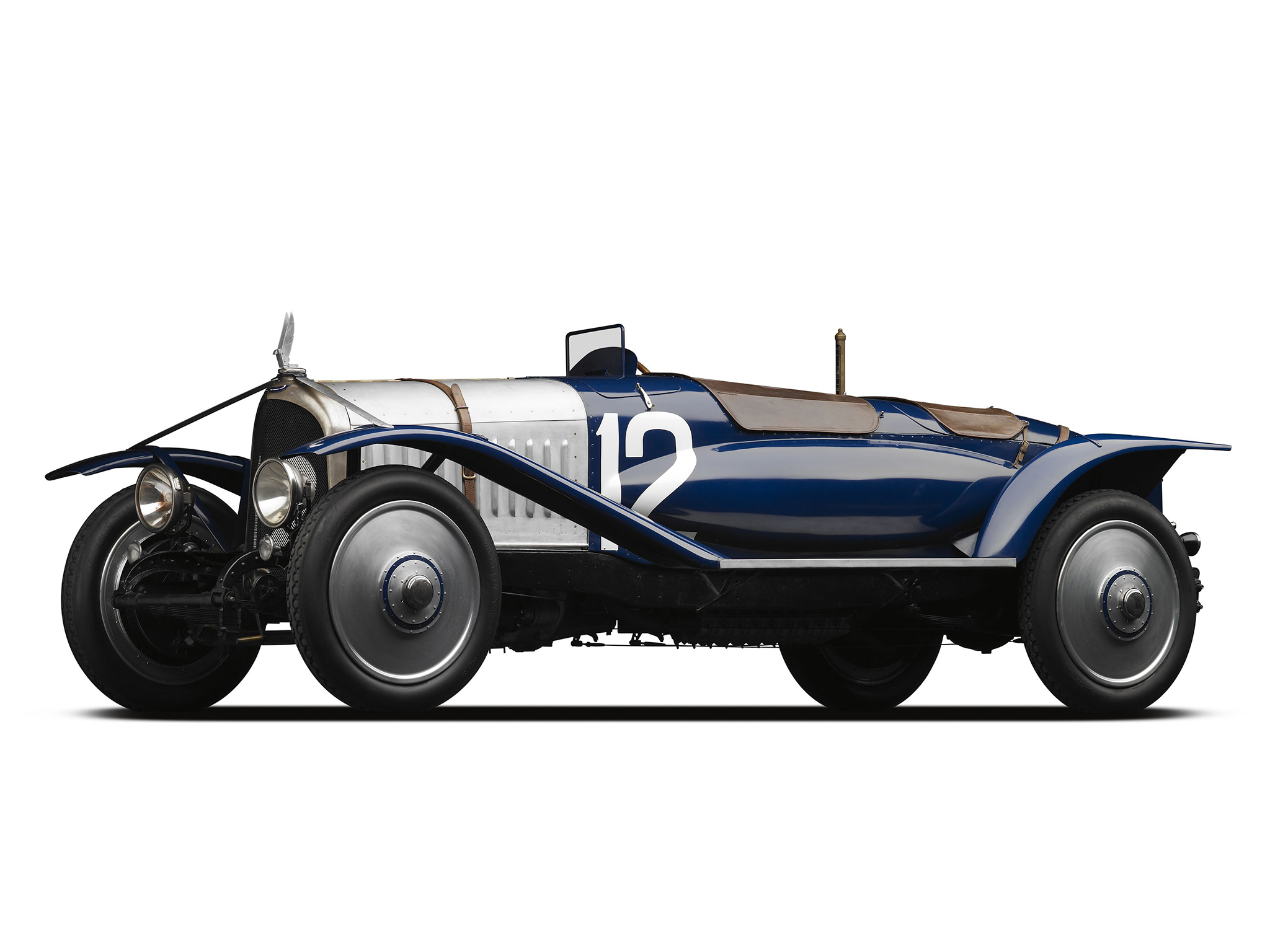
To understand how determined both men were to win the innovation war, just look at the cars they fielded at the 1923 French Grand Prix: Bugatti brought the famous Tipo 32 Tank while Voisin, driven by none other than the designer Lefèbvre himself, entered the C6 Laboratoire model.
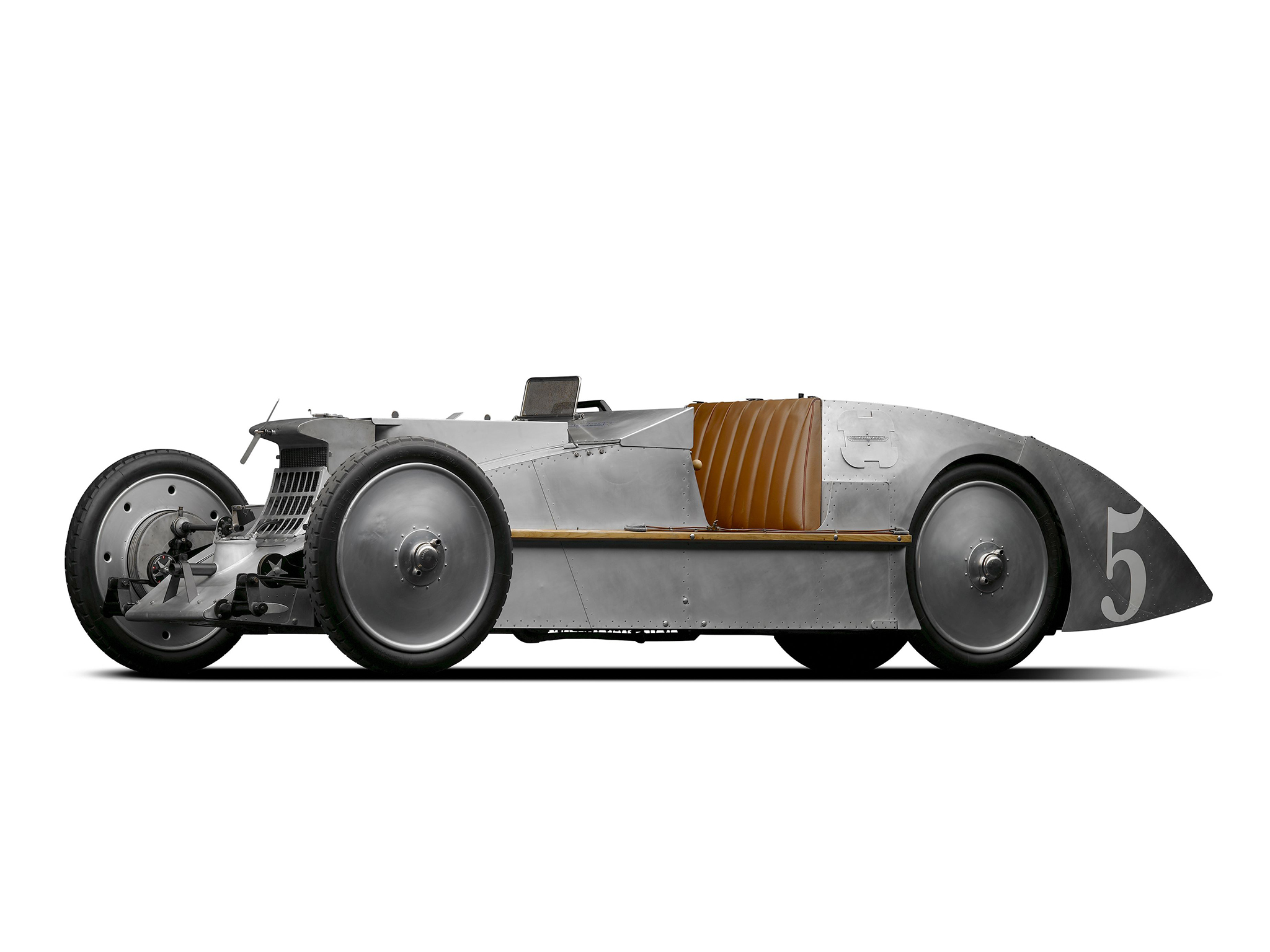
The two cars were as innovative as they were inexperienced in their understanding the impacts of such advanced aerodynamics. In fact, they tended to lose grip at speed due to the tendency to take off. Neither of the two cars won, but from the point of view of how far the automobile could have developed in the future, they marked a very significant turning point.
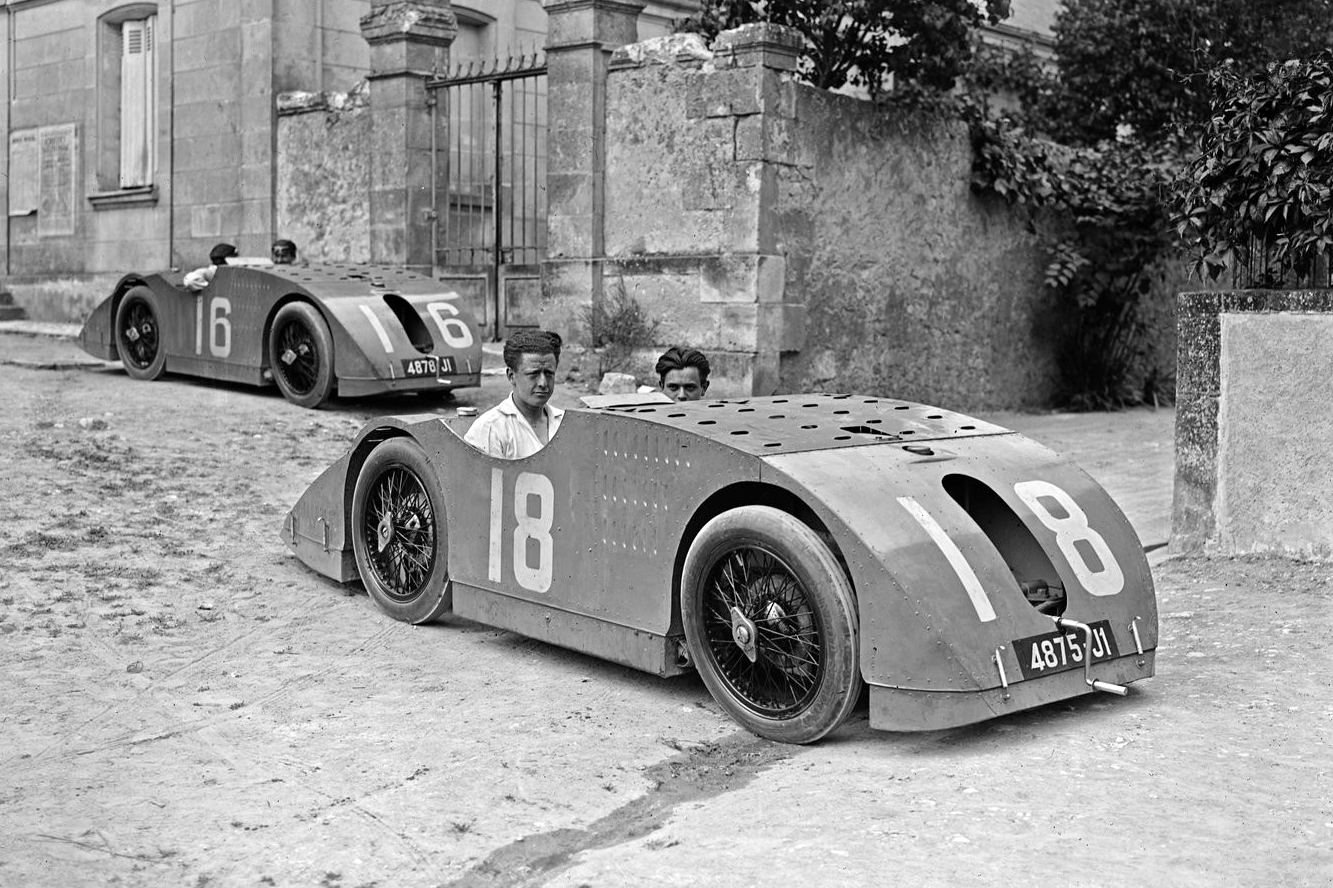
Voisin cars, despite the difficulties in Europe caused by the American depression in 1929, were aimed at a high-end audience who were drawn towards innovation. It is no coincidence that Josephine Baker, Rudolph Valentino and the great architect Le Corbusier were clients of Voisin. Perhaps it is also no coincidence that the Citroen 2CV, designed by Lefèbvre, was inspired by Le Corbusier’s Voiture Minimum that he proposed as a concept.
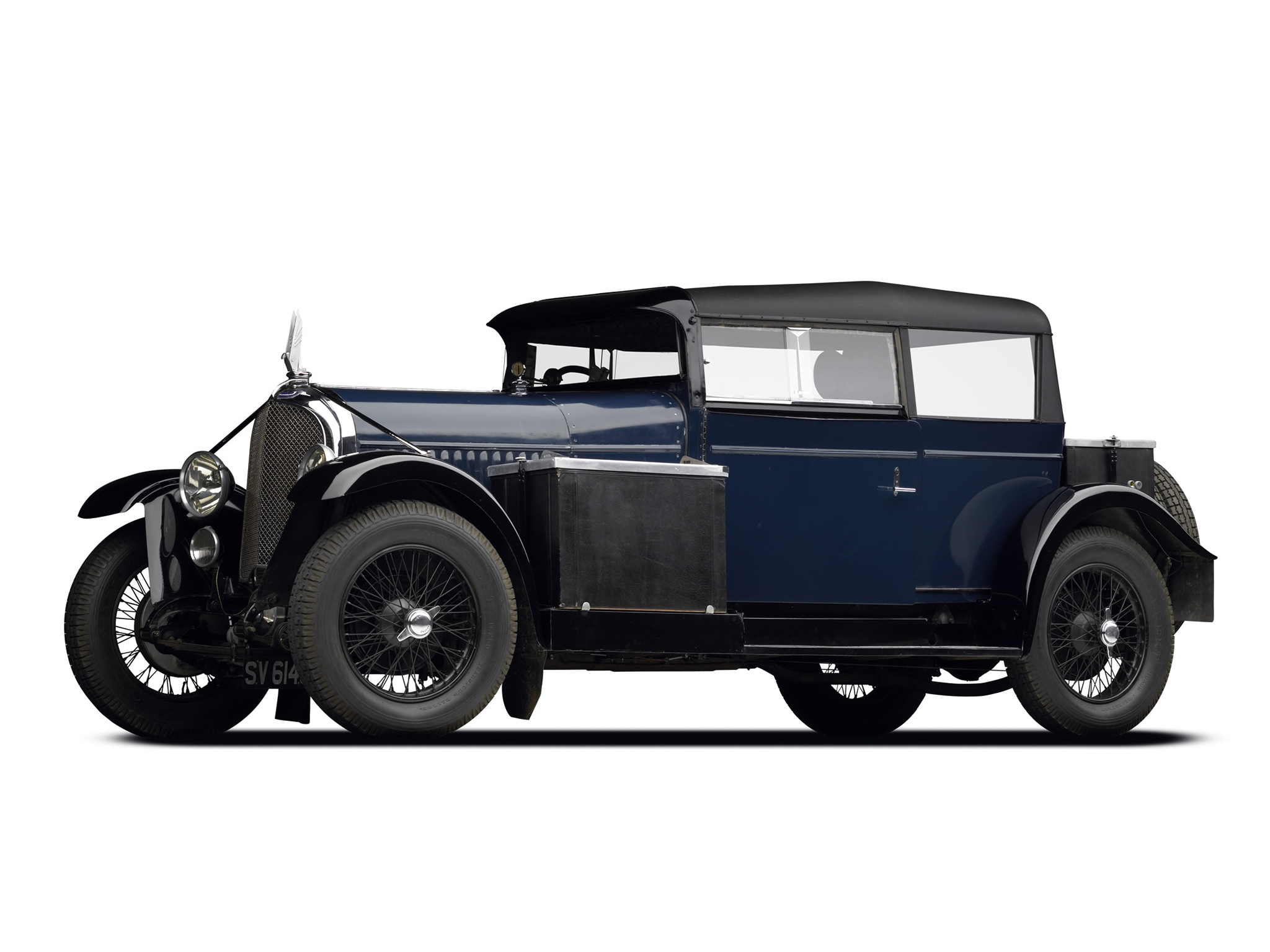
It’s a shame that this magnificent story full of spectacular models as you can see from the images, had to end, just as it reached its most glorious phase, with the outbreak of the Second World War. A cruel destiny that also struck Bugatti.
